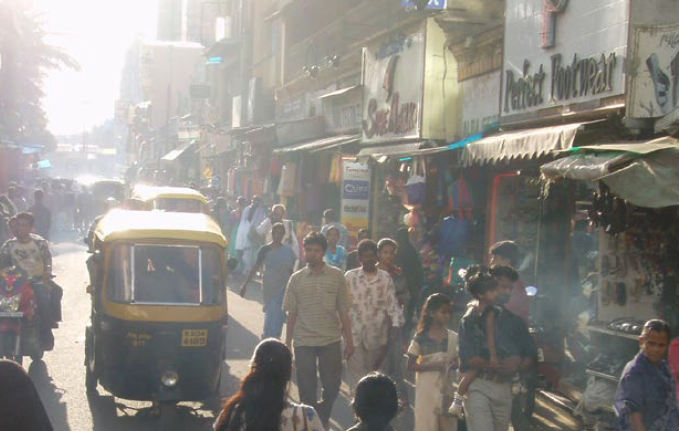“This extreme heat we now see is no less than a sly thief,” said Murali Sahoo, a building painter in eastern India, as he washed his buckets and brushes at the end of another sweltering work day. A decade ago, a week’s work painting could bring in 6,000 rupees ($84), the 43-year-old said. But over the last five years, increasingly blistering summer temperatures in his home state of Odisha mean working all day is no longer possible, even if he starts at 7 am to get a jump on the heat. “Today my weekly earnings have fallen to just 2,500 rupees($35), a measly 350 rupees ($5) a day. How can a family survive on this?” asked Sahoo, the father of two boys.
As climate change brings ever-more-wilting heat in some of the world’s already hot spots, the future for outdoor workers like Sahoo may be bleak, scientists say. If greenhouse gas emissions continue to grow at current rates, by 2100 Odisha will get as many as 48 extremely hot days every year, up from only 1.5 such days in 2010, warned the Climate Impact Lab (CIL), a nonprofit consortium of scientists, in a report released this month.



